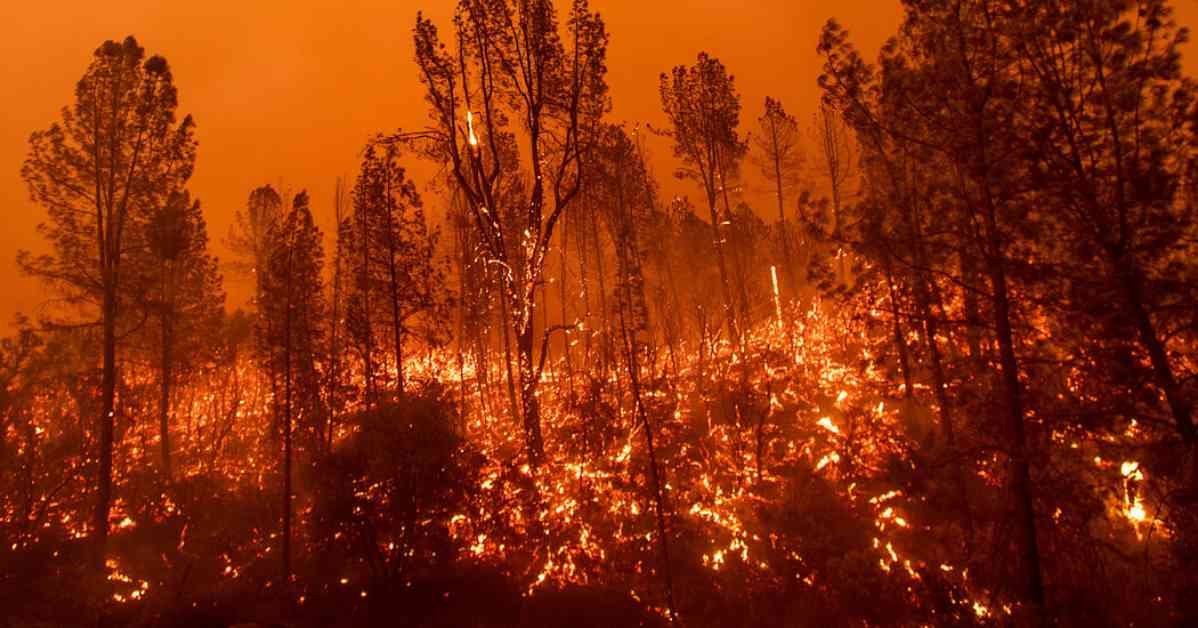During a devastating wildfire like the Camp fire in 2018, you might wonder how wildfires actually get their names. The naming process of wildfires is not as scientific as you might think. In fact, it is a way to streamline communication, direct resources, and inform the public quickly. In California alone, there are numerous wildfires with names like The Cow fire, The Royal fire, The Pay fire, and The French fire. These names may seem random or playful, but they are actually literal and boring references to geographic locations near the fire.
When a fire official arrives at the scene of a wildfire, they quickly name the fire based on the first thing they see nearby, whether it’s a street, mountain, or body of water. This rapid decision-making process is crucial in the midst of an emergency. For example, the Camp fire was named after Camp Creek Road, the 2017 Nuns fire after Nuns Canyon Road, and the 2007 Witch fire after Witch Creek.
This naming convention stands in stark contrast to the methodical process of naming hurricanes and tropical storms. Hurricanes and tropical storms are named from alphabetical lists of men’s and women’s names, with separate lists for Atlantic and Pacific storms. These lists are recycled every six years, meaning that a storm like Beryl was destined to be named so decades before it even hit Houston as a hurricane in 2024.
The process of naming wildfires may seem simple, but it serves an important purpose in effectively communicating about wildfires and allocating resources. While hurricanes and tropical storms follow a more structured naming convention, wildfires are named based on immediate geographic references. The next time you hear about a wildfire with an interesting name, remember that it’s likely just a literal description of its location.




